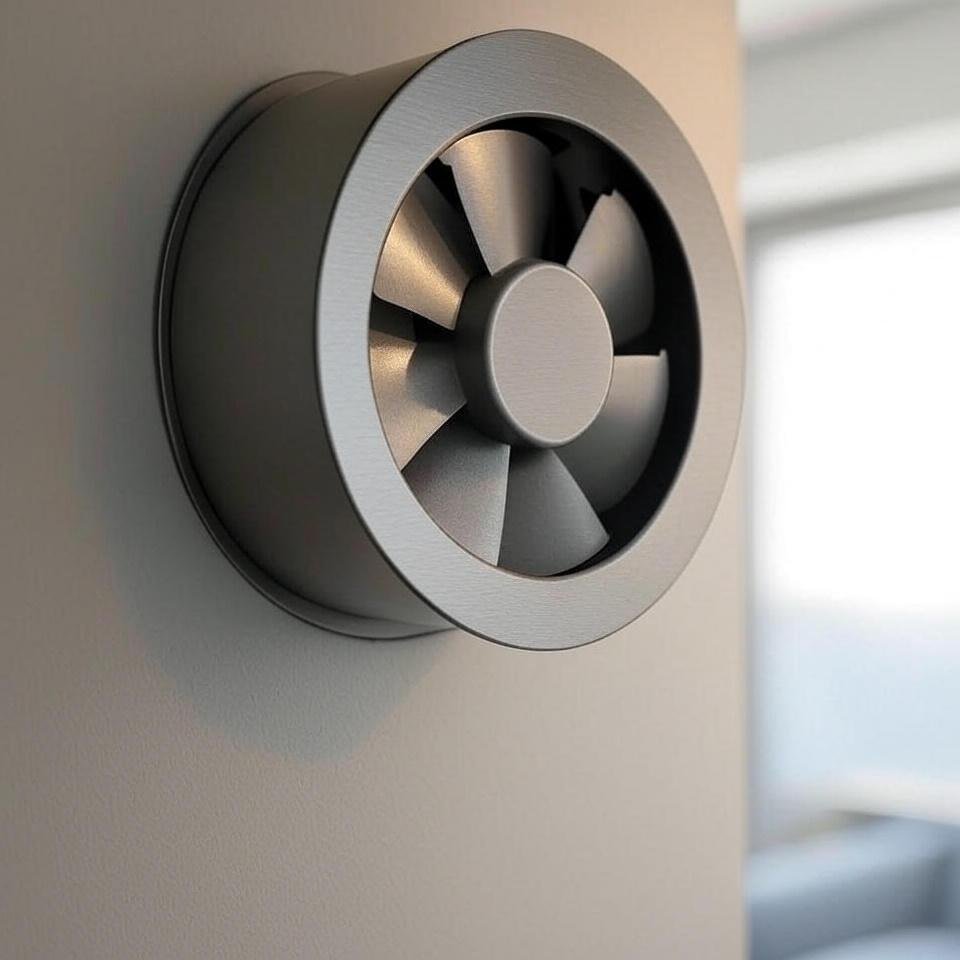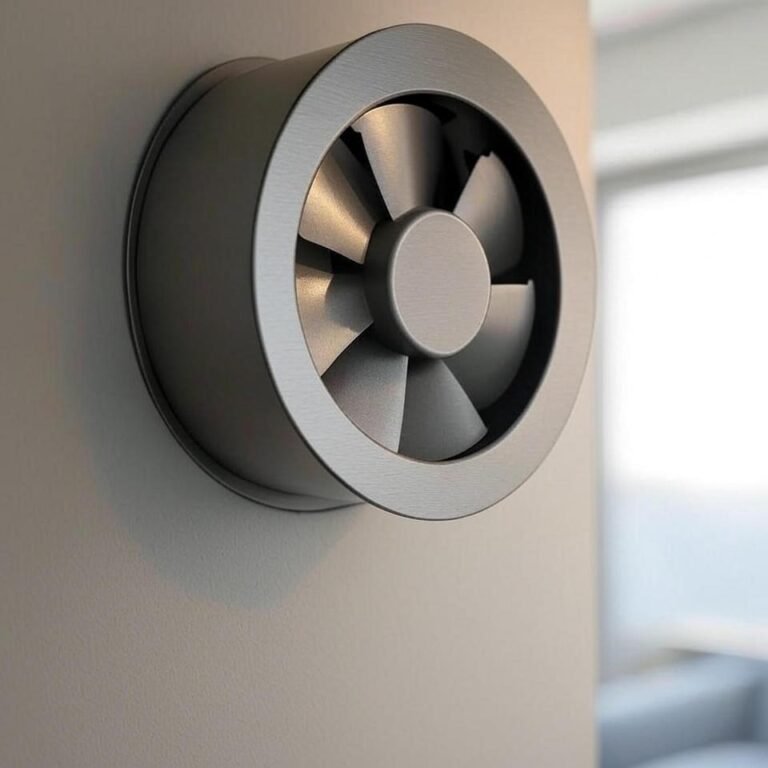
Quiet Exhaust Fan: The Ultimate Guide to Noise-Free Ventilation
Introduction
A quiet exhaust fan is essential for maintaining good air quality without disturbing your peace. Whether in a bathroom, kitchen, or bedroom, excessive noise from ventilation can be frustrating. In this guide, we’ll explore the best quiet exhaust fans, how to choose the right one, and key features to consider for silent yet powerful airflow.
Why Choose a Quiet Exhaust Fan?
Loud exhaust fans can be disruptive, especially in:
Bedrooms & nurseries – Where silence is crucial for sleep.
Home offices – Minimizing distractions during work.
Luxury bathrooms – Enhancing relaxation without motor noise.
Open-concept homes – Preventing noise from spreading.
A low-sone exhaust fan (1.0 sones or less) ensures efficient ventilation without the annoyance of loud humming or buzzing.
How to Measure Exhaust Fan Noise (Sones vs. Decibels)
Sones – The standard unit for exhaust fan noise (lower = quieter).
0.3 – 1.0 sones = Whisper-quiet (barely noticeable)
1.0 – 2.0 sones = Moderate (light hum)
3.0+ sones = Loud (disruptive in quiet spaces)
Decibels (dB) – Sometimes listed; 30-40 dB is ideal for quiet fans.
Key Features to Look for in a Quiet Exhaust Fan
✅ Low Sone Rating (≤1.0 sones) – Ensures whisper-quiet operation.
✅ Energy Efficiency (ENERGY STAR® Certified) – Saves power while running silently.
✅ Humidity & Motion Sensors – Automatically adjusts speed for optimal airflow.
✅ DC Motor Technology – Quieter and more efficient than traditional AC motors.
✅ Vibration-Reducing Design – Rubber mounts & insulated housing minimize noise.
How to Choose the Right Quiet Exhaust Fan
Determine Required CFM –
Bathroom: 1 CFM per sq. ft.
Kitchen: 2 CFM per sq. ft.
Check Sone Levels – Aim for ≤1.0 sones for near-silent operation.
Consider Smart Features – Humidity sensors, timers, and auto-shutoff improve convenience.
Read Reviews – Real-user feedback helps gauge actual noise levels.
Installation & Maintenance Tips for Quiet Operation
Hire a Professional – Ensures proper mounting to reduce vibrations.
Use Flexible Ducting – Minimizes rattling noises.
Clean Regularly – Dust buildup can increase fan noise over time.
Check for Loose Parts – Tighten screws and inspect for wear.
Conclusion
A quiet exhaust fan is a must-have for noise-sensitive spaces. By choosing a model with low sones, efficient airflow, and smart features, you can enjoy fresh air without disruption.
Ready to upgrade? Explore our top picks and breathe easier in silence!

